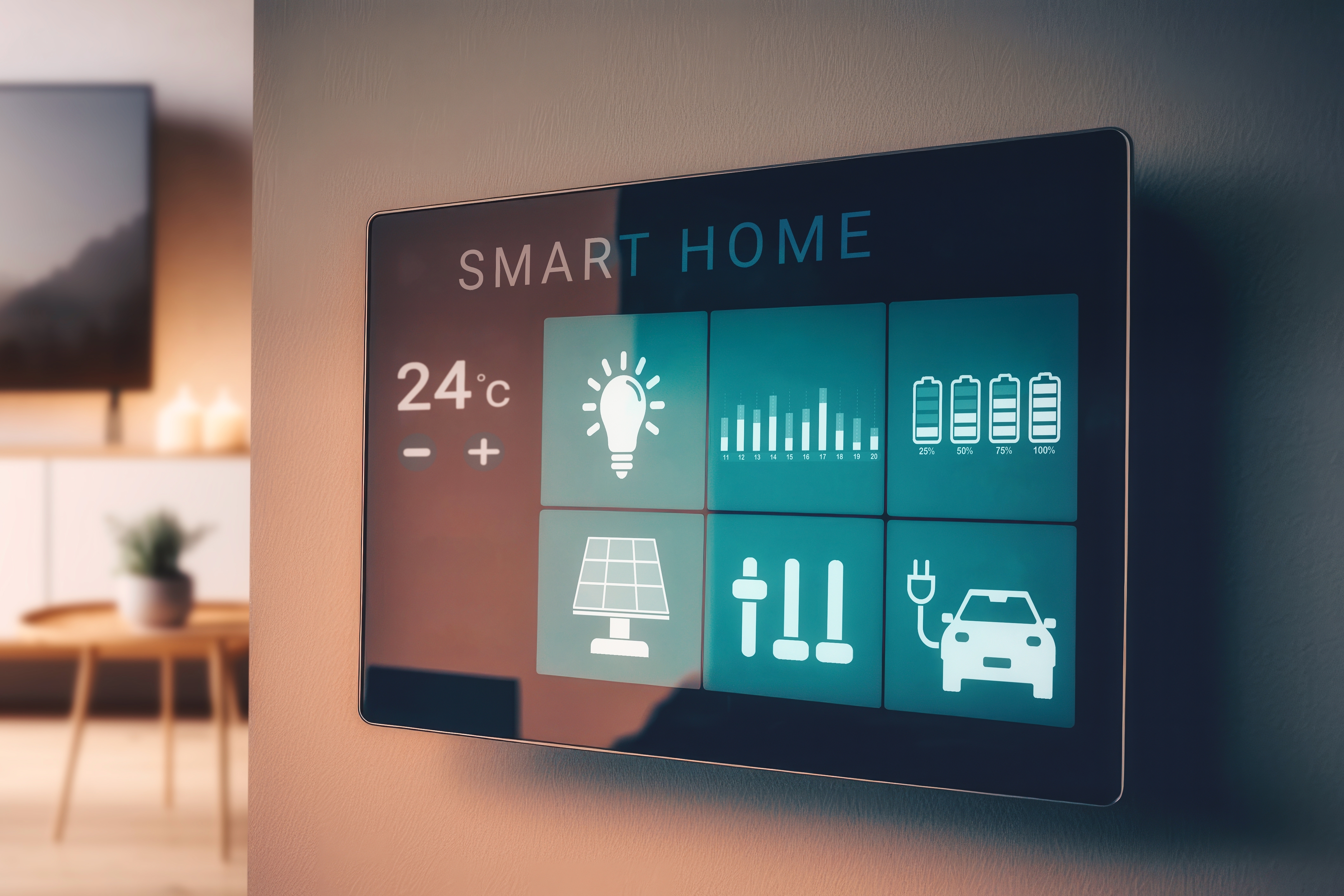Smart Home Design: Integrating Solar Energy, Automation, and Control
A smart home uses connected devices, software, and user interfaces to make everyday tasks more efficient, comfortable, and secure. Modern systems combine building systems, lighting, heating and cooling, security, and energy management to respond to occupant behavior and external conditions. Integrating solar panels and solar energy with home automation, a central control panel, and smartphones creates opportunities to reduce grid use, automate routines, and monitor performance in real time. This article explains how those components fit together, what to expect during setup, and practical considerations for choosing equipment and local services.

How do solar panels integrate with a smart home?
Solar panels generate electricity that you can route into your smart-home ecosystem via inverters and energy management hardware. When connected, rooftop or ground-mounted solar panels can feed power to batteries or supply immediate demand for appliances controlled by your automation platform. Smart inverters often provide data feeds to a control panel or cloud service, enabling scheduling—such as running washing machines during peak solar production—and reporting on generation and consumption. Integration helps shift loads to times of high solar output, improving self-consumption of renewable energy and reducing reliance on the grid.
Can solar energy support continuous home systems?
Solar energy can support continuous systems when coupled with energy storage and intelligent automation. Without batteries, solar can power loads during daylight but supply drops at night or in low sun conditions. Adding battery storage smooths intermittency, allowing continuous operation of critical systems like refrigeration, network equipment, and security devices. Automation rules can prioritize essential circuits, shift nonessential loads to daytime, and manage charging. Properly sized systems and an understanding of typical household consumption are essential to maintain continuity and avoid unexpected outages.
How does a control panel centralize smart devices?
A control panel acts as the orchestration point for smart-home devices and may be physical (a wall-mounted tablet) or software-based (an app or web dashboard). It aggregates data from sensors, solar generation, batteries, thermostats, lighting, and security devices, providing a unified view and single point to configure automation rules. Control panels simplify scene creation (for example, “away” or “night” modes), energy monitoring, and firmware updates. Look for panels that support open standards or widely used ecosystems to avoid vendor lock-in and to enable future expansion.
How is automation applied to daily routines?
Automation uses rules, schedules, and sensor inputs to run tasks with minimal manual intervention. Examples include adjusting thermostats based on occupancy, dimming lights at sunset, or starting appliances when solar production peaks. Automation improves comfort and efficiency by reacting to real-world data: motion sensors can trigger lighting, weather data can alter HVAC strategies, and energy-monitoring signals can delay high-load activities until cheaper or cleaner power is available. Good automation design includes fail-safes and manual overrides to ensure convenience and safety in varied conditions.
Can a smartphone serve as the primary controller?
A smartphone can function as both an interface and a remote controller for smart-home systems. Most platforms provide mobile apps to view real-time status, receive alerts, and execute scenes or manual controls. Smartphones also enable mobile geofencing—triggering automations when residents arrive or leave—and can be used for two-factor authentication for security systems. However, relying solely on a smartphone has limitations: network outages, app compatibility, and device battery life can affect access. Complementing mobile control with a local control panel or voice assistant improves resilience and accessibility.
What should you consider for installation and local services?
When planning installation, evaluate electrical capacity, roof orientation for solar panels, permitting requirements, and compatibility with existing systems. Choose products that support your preferred control ecosystem and check interoperability between solar inverters, battery systems, and automation controllers. For complex setups, hire licensed electricians and certified solar installers who offer inspections, warranties, and documentation for local services. Ask for references and check whether installers can integrate monitoring into your control panel. If you plan to expand over time, prioritize modular components and clear documentation for future work.
Smart-home systems that combine solar energy, automation, a reliable control panel, and smartphone access can increase convenience and improve energy management, but they require thoughtful design and appropriate vendor selection. Consider how each component will interact, prioritize interoperability and resilience, and work with qualified local services for a safe, maintainable installation. A staged approach—starting with core automation and adding solar panels or storage later—can help balance budget, complexity, and long-term benefits.






